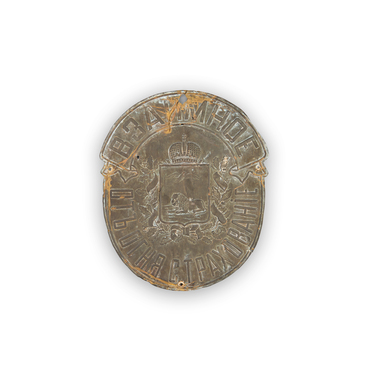From ancient times, people have used oil lamps to illuminate their homes. Initially, such a lamp was a vessel into which oil was poured and a wick was lowered. The light from the oil lamp was dim, and these lamps were highly flammable.
Later, wax candles appeared. Their light was brighter than that of oil lamps, but they were expensive.
In the 19th century, kerosene lamps became an indispensable source of lighting. Now kerosene was used as fuel. It is believed that the first kerosene lamps appeared in 1853, when Ignatius Lukasevich and Jan Zeh distilled oil to obtain kerosene.
A kerosene lamp was a cylinder made of metal. At the bottom was a container where kerosene was poured, and above it was a glass that protected the wick from the wind.
Kerosene lamps became widely used, even for street lighting. At the end of the 19th century, the Fledermaus company in Germany began to produce the first windproof kerosene lanterns. The name of the company translates from German as “bat, ” which is why such lanterns received their corresponding name.
In Russia, the first kerosene lamps appeared in the second half of the 19th century. Over time, the kerosene lamp evolved into an interior element. The most common lamps were made of bronze. However, wealthy people, including Belgorod residents, acquired elegant lamps with bases or bodies made of porcelain, silver, and sometimes gilt. Bases made of natural stones and wood were also used for stability.
Much attention was paid to the glass part of the lamp — the shade. Initially, it was a simple glass bulb, however, later it acquired a variety of shapes. Elegant lampshades were often made of frosted or colored glass, which turned such lamps into true works of art.
City dwellers and peasants who couldn’t afford
expensive lamps used iron or cast iron kerosene lamps instead.

